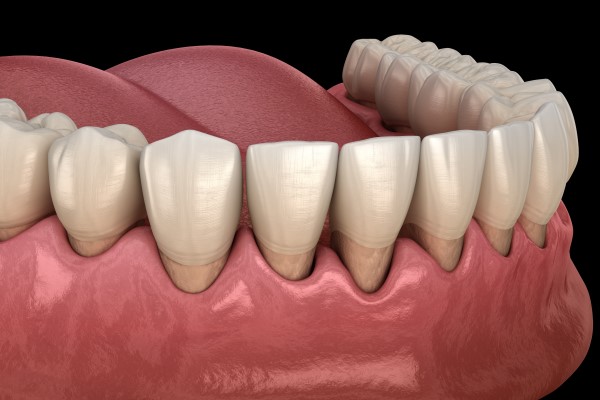3 Signs You Might Need Gum Grafting

A gum grafting procedure is an effective way to regain your oral health. This procedure can rebuild the gum tissue over your teeth. Gum tissue holds and protects your dental roots from exposure. It is important to re-establish a healthy gumline to keep your teeth intact. If you are wondering if you need a gum grafting procedure, here are the three signs you might need it.
1.Gum recession and thinning gums
One telling sign of exposed dental roots is longer teeth. This does not indicate growing teeth. It is a sign of gum recession. Another sign is dental sensitivity to temperature. A person experiencing this is a good candidate for a gum grafting treatment.
The presence of deep pockets between teeth is also a clear sign of gum recession. These pockets may also be full of pus, indicating severe infection. These issues need treatment right away or advanced periodontitis and tooth loss will set in. Treatment involves root planing, scaling, and a gum graft.
Gum grafting is a type of oral surgery. The dentist will take pieces of healthy tissue from the roof of the mouth and place them over the exposed dental roots. The patient’s remaining gum tissue will then fuse with the donor tissue, establishing a new gumline. After healing, the tissue will protect the dental roots and even make teeth stronger.
Thinning and translucent gums also need gum grafting. Thin gums are delicate and prone to gum recession. These gums appear translucent and sensitive. Sometimes, thin gums are also vulnerable to inflammation. The additional gum tissue will provide more support to the gums and teeth. This supports good oral health and prevents tooth loss.
Seeing the cementum of dental roots is a sure sign of root exposure. Cementum is the yellow covering of dental roots. It is softer and more delicate than the enamel, which covers the crown. The pop of yellow indicates receding gums. This problem needs a gum graft to prevent complications.
2.Swollen, bleeding, and red gums
Red, swollen, or bleeding gums may indicate the onset of periodontal disease. This condition needs more than daily brushing and flossing. Root planing and scaling are deep cleaning treatments. These clean the dental roots to remove bacteria under the gums. Gum grafting can help make the remaining gums stronger and healthier. This may prevent the worsening of gum tenderness and bleeding.
3.Family history of gum disease
This is a concerning matter. Gum disease is a hereditary condition. Even if the patient follows every dental care technique, heredity will still trigger periodontitis. Seeing a dentist for routine dental checks will help start preventative care. This will help minimize the damage of periodontitis. Gum grafting can help provide dental support and reduce the complications of gum disease.
A gum grafting procedure can repair and strengthen your gums and teeth
Your gums must remain healthy and strong to provide more than enough support for your teeth. They must protect the dental roots and keep teeth stable. Receding gums and other signs of periodontitis weaken your gum tissue. Gum grafting can add to your remaining gum tissue. An appointment with your dentist can determine if you are a good candidate for this procedure.
Are you considering getting gum grafting in the Albuquerque area? Get more information at https://www.roderickgarciadmd.com.
Check out what others are saying about our dental services on Yelp: Gum Disease in Albuquerque, NM.
Recent Posts
Gum disease is also known as periodontal disease. This is a condition that causes inflammation of the tissue around the patient’s teeth. It is caused by bacteria building up in the area. Keep reading to learn about some of the symptoms of gum disease.Periodontal disease is a progressive condition, meaning it gets worse over time.…
Gum disease is a serious condition that can result in a need for periodontal treatment. Periodontal treatment is often necessary to destroy the infection and prevent it from worsening. Often, without treatment, a case of gum disease can become advanced, resulting in tooth loss, receding gums, and even jaw deterioration, all of which can be…
Gum disease may be reversed if caught early on; however, this is not the case as the condition advances. Read on to learn more about this oral health condition. Patients need to learn to watch out for signs of gum disease and go for general dentistry treatment. However, it may be helpful to know that…
Looking for some tips so you can avoid periodontal surgery? Good idea. More commonly known as gum surgery, this type of surgery is often performed on those who have been diagnosed with a gum disease, like gingivitis or periodontitis. Ongoing mouth problems will eventually lead to a loss of bone and tissue, which can often…


